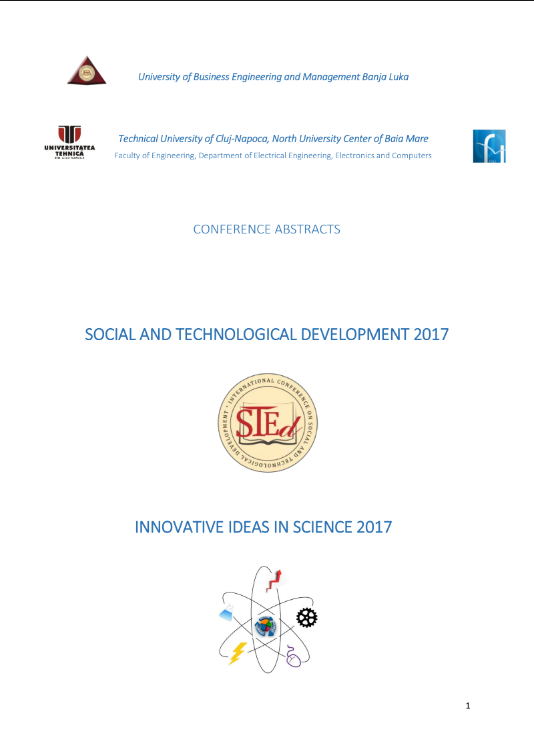
This is an open access article distributed under the Creative Commons Attribution License which permits unrestricted use, distribution, and reproduction in any medium, provided the original work is properly cited.
Nowadays, the rapid growth and globalization of worldwide workforce have strengthened the perception that English is the lingua franca of international professional communication. Success in business and technology depends on people’s ability to communicate at a personal and professional level beyond linguistic and cultural boundaries; implying their communicative competence, intercultural competence and cultural awareness. Courses in foreign languages for specialized purposes must enable university students to interact efficiently in contexts that they are likely to face in their future careers. Therefore, the purpose of our paper is to identify and discuss the level of intercultural competence in terms of knowledge, skills and attitudes among ESP students.
ESP, professional communication, intercultural communication competence, cultural awareness
The statements, opinions and data contained in the journal are solely those of the individual authors and contributors and not of the publisher and the editor(s). We stay neutral with regard to jurisdictional claims in published maps and institutional affiliations.